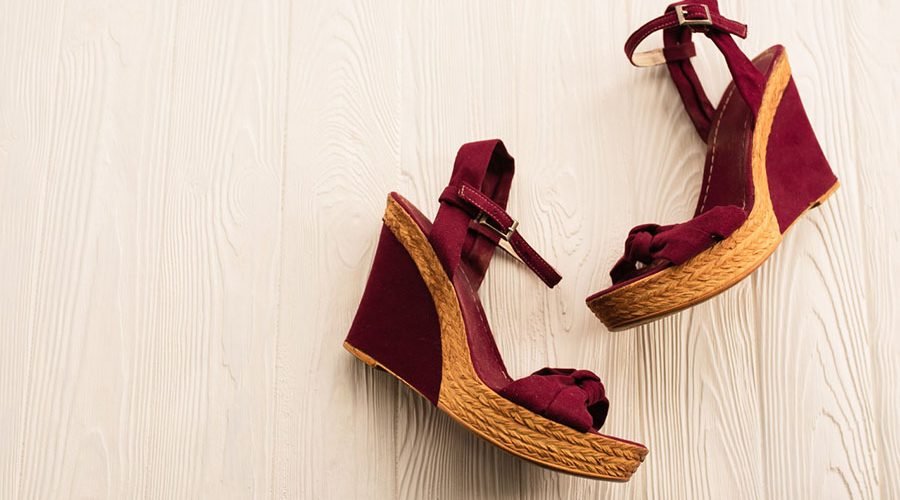Shopping is not easy. Especially when it comes to choosing the right women’s footwear. But it is possible to list the types that are most preferred by women. Before you go shopping, make sure you look at all kinds of footwear available for women, with their names.
There are heels like gold wedges to soles flat like flip-flops. There is a huge range of types of women’s footwear to choose from, out those in heels.
When you decide to shop for heels, it is nice to know what type of heel is your kind. You can choose them by checking them out, especially if you do not have time for some heel anatomy.
Here, we look at the types of heels that are most popular among women:
Table of Contents
types of heels
Stilettos
These shoes feature long, thin heels that are mostly several inches in height. These are named after the stiletto dagger, and no surprise that it gives a fierce vibe.
Kitten heel
This is another but less fierce stiletto type. This is an inch or two in height which makes it very easy to walk on them. Starting as a training heel, they evolved to become a popular and formal style. Women still seek them for their vintage feel.
Wedges
Wedge heels have a wedge-shaped piece that lifts the heel but has a flat, comfortable surface to walk on it. Wedge heels provide the same height as other tall heels but have incredible balance and comfort. Wedges vary in style as per your need.for example, gold wedges work if you are out for a party later in the day.
Tapered heel
A tapered heel has a large, stable surface area at the top of the heel and then thins at the bottom. A tapered heel is also known as a cone heel. They provide a good amount of stability for those working up to a stiletto heel.
Block heel
A block heel is what its name suggests. They have a girthy square-shaped heel that provides very good stability for the wearer. Block heal can be of any height. They come in all heights, from short to tall.
Flare heel
Flare heel starts thin at the top of the heel and then curves to a wider base. And then, the heel connects to the floor. This heel style provides a lot of stability too. This is an advantage of the broader base of the flared heel.
Spool heel
Spool heel is a type of flared heel. With an hourglass shape, It flares at the top of the heel and then slims in the middle and then flares at the bottom again. It is named after a spool of cotton or thread. You may not want to wear them regularly because they may get dirty, just like your gold wedges.
Advise for beginners
If your foot slides around and your heel is moving in the shoe, it’s too long for you. If you feel pinching or overhanging toes, then you have very small heels. You will get blisters in future if you go on. A perfect heel will be secure and not tight or loose. Your heel will fit perfectly in the area of the shoe, and your toes won’t smash painfully when you step, although it is normal to feel discomfort from the arching of your sole and pain from standing on the front of your foot. But this happens after a long time with your heels on and will disappear quickly after taking them off. For starters, you should start with wedges.
Heel anatomy
You can look at more heel anatomy like toe shapes, parts of a shoe, standard measurements and materials used if you want a better understanding or are interested in the area more.
Maintenance of shoes
All shoes require maintenance, and so do your heels. Follow common tips like using your heels occasionally, not driving with them, keeping them clean and keeping them safe and dry will provide durability. This is especially true for heels like wedges.
Final thoughts
Finding the right heel is only half the battle, but you need not worry. The other half is just the practice of simple walking techniques that are designed for wearers of specific footwear. The popular advice from heel walking experts is that you have to walk high heel to toe in your high heels. Then you should find your stability on the heel of the shoe. After which, you should press down the ball of your foot where more surface area is available.





